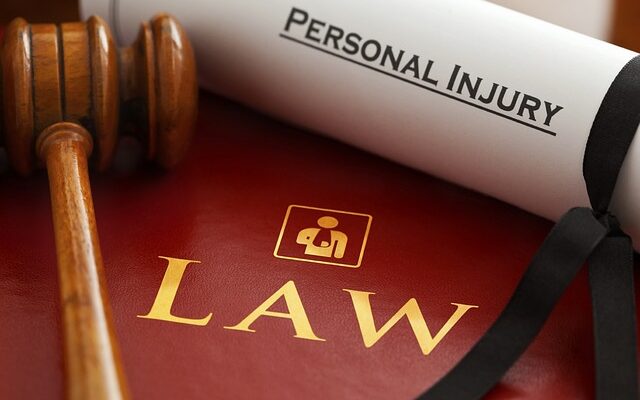Introduction: In the realm of insurance and legal matters, the term “claim” holds significant importance. Whether it’s an insurance claim for property damage or a legal claim for compensation, understanding the intricacies of the claims process is essential for individuals and businesses alike. This article aims to elucidate the concept of claims, explore the steps involved in filing and resolving them, and highlight key considerations to ensure fair outcomes.
What is a Claim? A claim is a formal request made by an individual or entity seeking compensation or benefits from an insurer, government agency, or another party. Claims can arise in various contexts, including insurance policies, personal injury cases, property damage, workers’ compensation, and civil litigation. Essentially, a claim asserts a right to receive payment, reimbursement, or other forms of relief for losses or damages incurred.
Types of Claims:
- Insurance Claims: Insurance claims are perhaps the most common type, involving requests for coverage and compensation for losses or damages covered under an insurance policy. This includes claims for auto accidents, property damage, medical expenses, liability lawsuits, and more.
- Legal Claims: Legal claims, also known as lawsuits or legal actions, involve seeking compensation or remedies through the judicial system for harm or injury caused by another party’s negligence, breach of contract, or wrongful conduct. Legal claims can encompass a wide range of matters, including personal injury claims, breach of contract claims, employment disputes, and civil rights violations.
Steps in the Claims Process:
- Notification: The first step in the claims process is to notify the relevant party or entity of the claim. For insurance claims, this typically involves contacting the insurance company and providing details of the incident or loss. In legal claims, the plaintiff (the party initiating the claim) serves a notice of the claim to the defendant (the party against whom the claim is made).
- Documentation: Thorough documentation is crucial to support the claim and substantiate the losses or damages incurred. This may include photographs, police reports, medical records, repair estimates, witness statements, and any other relevant evidence.
- Investigation: Upon receiving the claim, the insurer or responsible party conducts an investigation to assess the validity and extent of the claim. This may involve reviewing documents, interviewing witnesses, conducting site inspections, and analyzing the circumstances surrounding the claim.
- Evaluation: Based on the findings of the investigation, the insurer or responsible party evaluates the claim to determine liability, coverage, and the appropriate amount of compensation or benefits. In legal claims, the parties may engage in negotiations or mediation to reach a settlement.
- Resolution: Once the evaluation is complete, the claim is resolved through various means, including payment of compensation, denial of the claim, settlement negotiations, or litigation. In insurance claims, the insurer issues a settlement offer or denies the claim based on policy terms and applicable laws. In legal claims, the resolution may involve a court judgment or settlement agreement between the parties.
Key Considerations:
- Timeliness: It’s essential to initiate the claims process promptly and adhere to any deadlines or requirements stipulated by insurance policies, laws, or contracts.
- Documentation: Comprehensive documentation is critical to substantiate the claim and maximize the chances of a favorable outcome. Keep thorough records of all relevant information and evidence.
- Know Your Rights: Understand your rights and obligations under the applicable insurance policy, contract, or legal framework. Seek legal advice if necessary to ensure your interests are protected.
- Communication: Maintain open and transparent communication with the relevant parties involved in the claims process, including insurers, legal representatives, and other stakeholders.
Conclusion: Claims are integral to the insurance industry, legal system, and various aspects of everyday life. Whether it’s seeking compensation for property damage, medical expenses, or personal injuries, navigating the claims process requires diligence, documentation, and awareness of rights and responsibilities. By understanding the steps involved and key considerations, individuals and businesses can effectively pursue claims and ensure fair treatment and compensation for losses or damages incurred.



